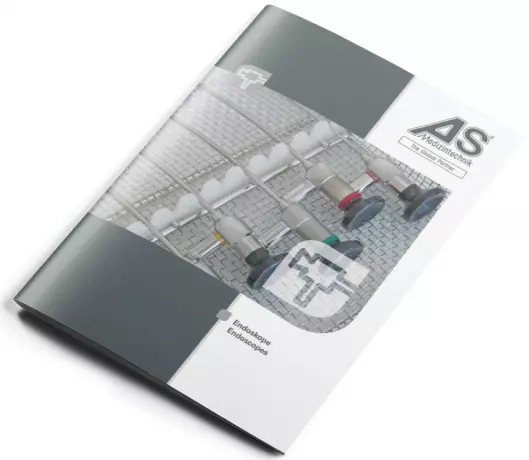
ENDOSCOPY ARTHROSCOPY Wide range for arthroscopic surgery: ● Knee ● Shoulder ● Hip ●...
Portal and digital medical technology fair of the largest MedTech cluster in Germany

HSW endoscopes for diagnostics and therapy...
HSW endoscopes for diagnostics and therapy in Gynecology Gynecologists today typicall...

Endoscopes that can be used in different...
Sinuscopes, otoscopes, arthroscopes, cystoscopes, laparoscopes, hysteroscopes, thoracoscopes, bronch...

Hysteroscopes, hysteroresectoscope, hysteroscopy hysteroscope, hysteroresectoscopy
Hysteroscopes are used during a wide range of medical procedures. Patients may opt for general anesthesia or local anesthesia during the procedure. A hysteroscope is inserted through a small incision in the vagina and is used to examine the uterus. The hysteroscope is then used to view the cervix. This surgical tool allows the healthcare provider to look at uterine fibroids, polyps, and heavy menstrual bleeding.
The most common type of hysteroscope is rigid and is available in a variety of sizes. They are used for in-office procedures and more complicated operations. A 4-mm scope offers the clearest view and allows for the use of surgical instruments. The scope requires minimal cervical dilation and is tolerant to paracervical block anesthesia. MEDTRONIC, Stryker, B. Braun Melsungen, and AG Olympus Corporation are all well-known companies in the global hysteroscope market.
Another type of hysteroscope is flexible. This type of hysteroscope can be used for both in-office and operating-room procedures. Its small diameter allows surgeons to view the cervix and the uterus from all sides. It also tolerates paracervical block anesthesia. The OH has many advantages and is increasingly being used in obstetrics, gynecology, and other obstetric care.
Hysteroscopes are not painful and most women experience only minor discomfort during the procedure. There is no need to worry though - women may feel cramping, light bleeding, and watery discharge after the procedure. Most hysteroscopic procedures only take five to 30 minutes. The only disadvantage is that you will likely need to be dilated to have the procedure. Nevertheless, it is worth the risk. Once you've undergone hysteroscopic treatment, you'll know whether the surgery is the right one for you.
The hysteroscope is a thin tube with a camera and light attached. The images that the hysteroscope shows are displayed on a monitor. The hysteroscope can also guide the doctor during surgery. It can also help remove fibroid tissue. Afterwards, the hysteroscope is removed. If it's necessary, the patient will be given an anaesthetic.
During a hysteroscopic procedure, the doctor can see the uterus and observe the internal organs. The hysteroscope is a tool that makes it easier for the doctor to perform a hysteroscopic procedure. In addition, the device is lightweight and can be used in a wide range of surgical procedures. Moreover, it has a low risk of complications. Most hysteroscopes come with a one-year warranty.
The hysteroscope is made up of an eyepiece, a barrel, and an objective lens. The objective lens is the most important part of the hysteroscope, which enables the doctor to see internal organs. The hysteroscope's objective lens is responsible for enabling a physician to visualize internal structures, whereas the eyepiece is a window that lets the doctor see internal organs.
Become a digital exhibitor yourself in the online portal of the largest and best-known MedTech cluster region in Germany and inform the world of medical technology about your products and services as well as about news, events and career opportunities.
With an attractive online profile, we will help you to present yourself professionally on our portal as well as on Google and on social media.